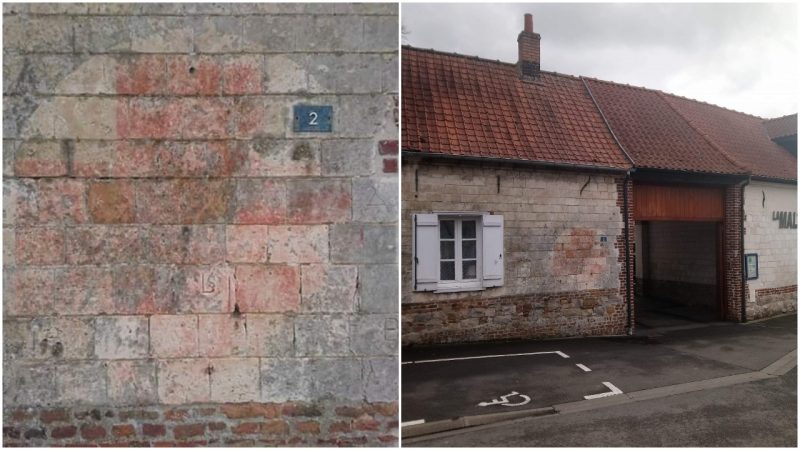On the front of a crumbling, derelict building in a sleepy corner of the small town of Aix-Noulette, Pas de Calais, France, you can just about make out this faded red cross.
The town is situated around 10 miles south of Bethune on the main road to Arras. Aix was behind allied lines throughout the Great war. From 1914 until March 1916 it was in French hands until the British arrived to take over from the French who were needed at Verdun.
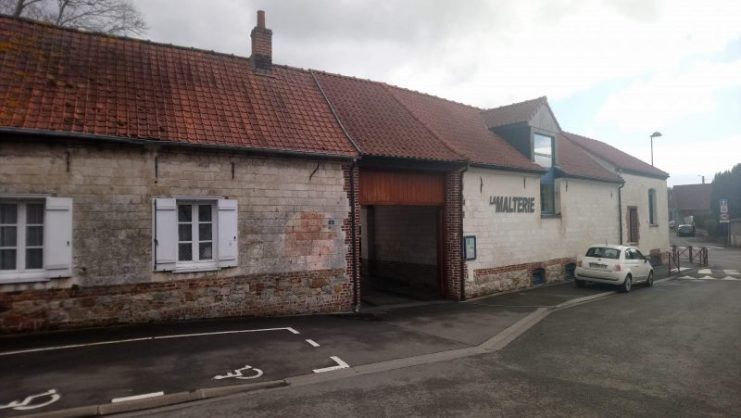
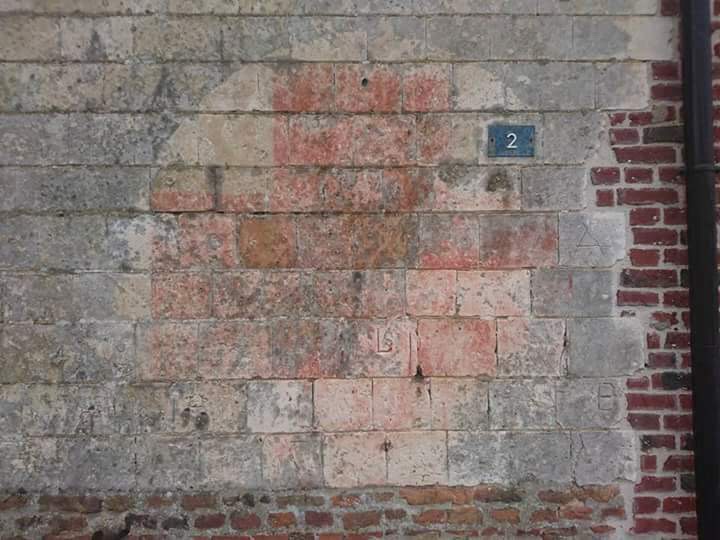
Originally a distillery, and then a ‘malterie,’ or malt-house, which had existed since 1892 and had supplied the Brasmes brewery with grain for its beer, the building was taken over and used as a dressing station in the Great War.
The malt-house and its underground cave system served as a hospital first for the French army and later on for the Canadians, when they arrived around October 1916. It is one of the rarest buildings in this area being one of very few which survived the constant shelling of Aix-Noulette.
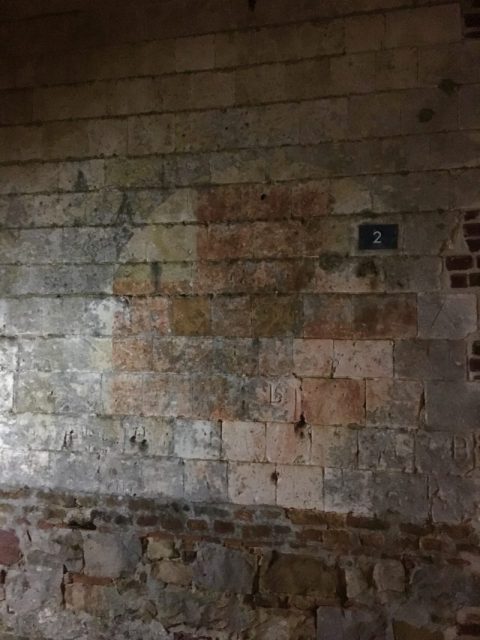
Captain Robert James Manion, Canadian Army Medical Corps, who received the M.C for his bravery at Vimy Ridge, wrote the following in his book ‘A Surgeon in arms,’
“‘As breweries are usually the most palatial buildings in French towns, they are often chosen as headquarters, or as dressing stations either for field ambulances or regimental aid posts. A brewery at Aix-Noulette, which, not excepting the church, was the only building not destroyed by shellfire, for many months served as a most complete advanced dressing station. The rats were plentiful, as they are in most dugouts, and often their little beady eyes would stare in a startled manner at one’s flashlight, and their bodies remain in a sort of hypnotised mobility.
This brewery gave shelter to thirty or forty patients, and was exceedingly useful.”
The malterie is covered in interesting Great War graffiti. Some of the men who wrote their names and regiments on these walls are interred in nearby cemeteries.
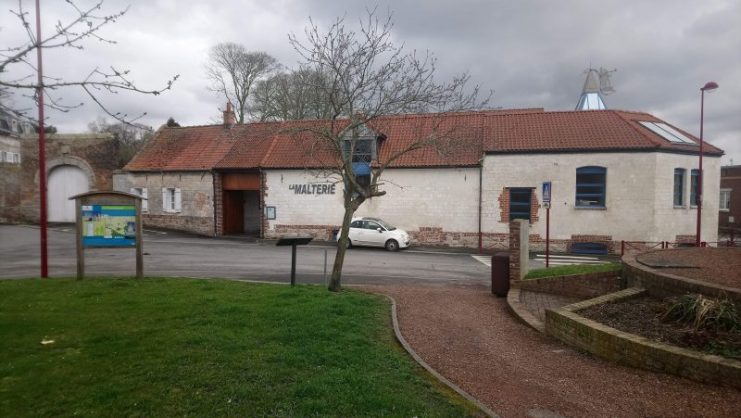
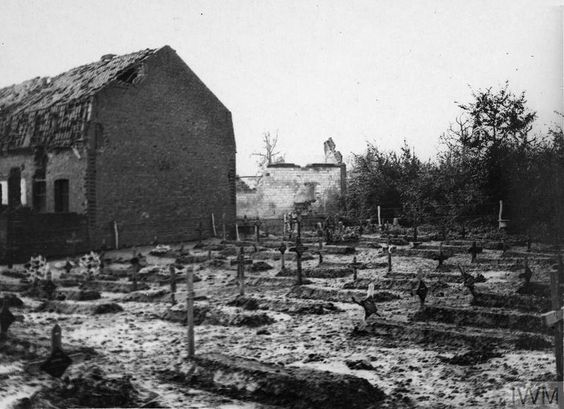
Condemned as a dangerous building with access strictly forbidden, the malterie was facing demolition. A local appeal was launched to save the red cross, a relic of the Great War and a symbol of the town’s history either by relocating it to a local museum or at least preserving it behind Perspex boards for all to see. However, support from the local French community appears to have recently raised the funds to preserve and restore the underground caves and the beautiful old malt-house as an ‘Espace d’evocation,’ a place of quiet contemplation and remembrance where once doctors, nurses and victims of German artillery once worked, lived and died. Watch this space.
An interesting fact about the town’s war memorial
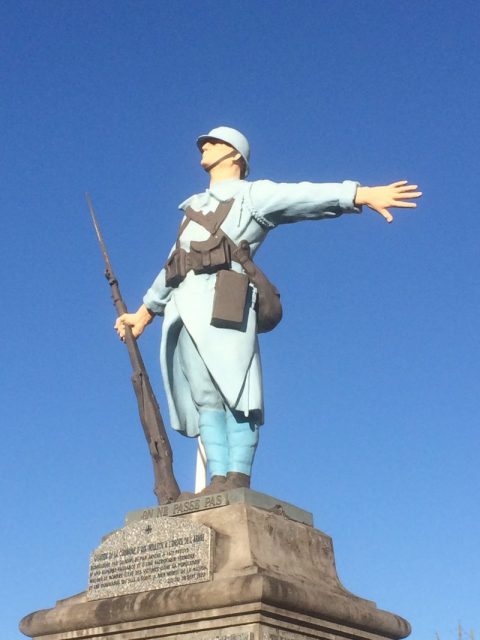
Originally erected in June 1922, the resplendent bronze poilu, which commemorates both the First and the Second World Wars with the inscription ‘On ne passe pas’ was in dire need of restoring to its former glory and in 2007 was repainted. Unfortunately someone decided it would be a good idea to paint it dark green. The local people were in uproar deeming the colour totally inappropriate and reminding them of the former enemy! It was subsequently repainted in the beautiful blue of the typical French poilu we all know and love.
___________________________________________________________________________________
Suzanne Make, Military history enthusiast, explorer, adventurer, taphophile, amateur photographer. And you can follow Suzanne’s Facebook page here My Western Front Photographs
